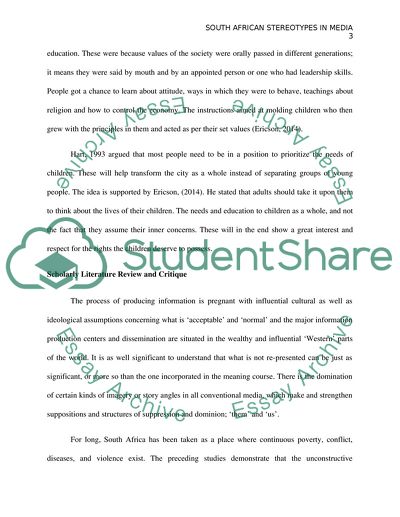Cite this document
(South African Stereotypes in the Media Coursework, n.d.)
South African Stereotypes in the Media Coursework. Retrieved from https://studentshare.org/social-science/1865159-south-african-stereotypes-in-the-media
South African Stereotypes in the Media Coursework. Retrieved from https://studentshare.org/social-science/1865159-south-african-stereotypes-in-the-media
(South African Stereotypes in the Media Coursework)
South African Stereotypes in the Media Coursework. https://studentshare.org/social-science/1865159-south-african-stereotypes-in-the-media.
South African Stereotypes in the Media Coursework. https://studentshare.org/social-science/1865159-south-african-stereotypes-in-the-media.
“South African Stereotypes in the Media Coursework”, n.d. https://studentshare.org/social-science/1865159-south-african-stereotypes-in-the-media.


